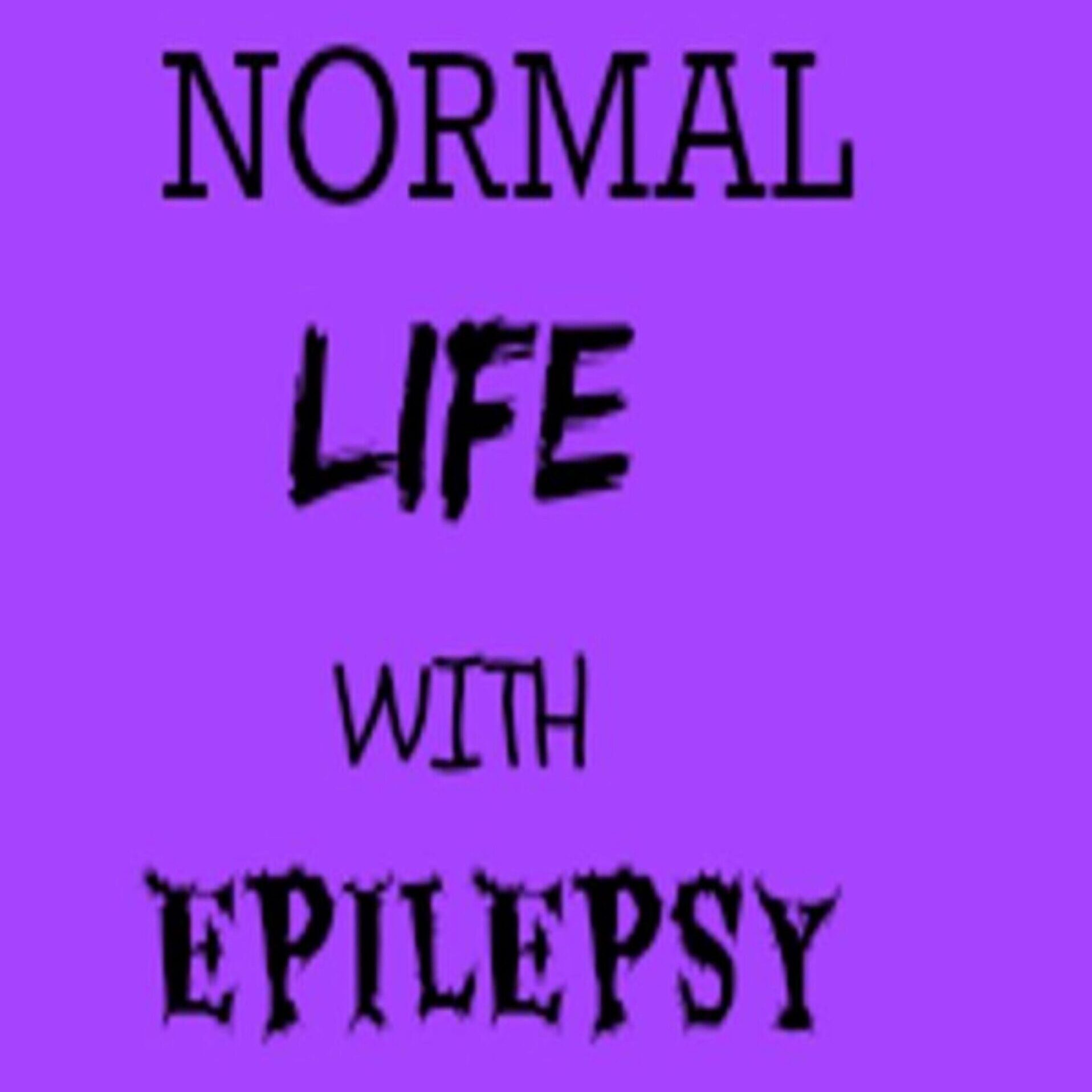Understanding Epilepsy
Living a Normal Life with Epilepsy
Explore the realities of epilepsy and how individuals can lead fulfilling lives despite the condition.
No Results Found
The page you requested could not be found. Try refining your search, or use the navigation above to locate the post.
Epilepsy by the Numbers
Over 65 million people worldwide live with epilepsy.
- Global Prevalence 65%
- Seizures Controlled with Medication 70%
- Children with Epilepsy 50%
- Adults with Epilepsy 30%
- People Leading Normal Lives 85%
- Cases with Unknown Cause 20%
Types of Seizures
Understanding Seizure Types
Seizures are categorized into two main types: focal seizures and generalized seizures. Focal seizures originate in one area of the brain and can cause motor, sensory, or autonomic symptoms. Generalized seizures affect both sides of the brain and include types such as absence seizures, tonic-clonic seizures, and atonic seizures.
Focal seizures may manifest as simple partial seizures, where consciousness is not impaired, or complex partial seizures, which involve altered awareness. Generalized seizures can range from brief lapses in consciousness to full-body convulsions. Understanding these differences is crucial for effective management and treatment of epilepsy.
Frequently Asked Questions
What is epilepsy?
Epilepsy is a neurological disorder characterized by recurrent, unprovoked seizures. It affects people of all ages and can vary in severity.
What are the common types of seizures?
There are several types of seizures, including focal seizures, generalized seizures, and absence seizures. Each type affects the brain differently and has distinct symptoms.
How many people are affected by epilepsy?
Approximately 50 million people worldwide live with epilepsy, making it one of the most common neurological disorders globally.
Can epilepsy be cured?
While there is no cure for epilepsy, many people can manage their seizures effectively with medication, lifestyle changes, and in some cases, surgery.
What should I do if someone has a seizure?
Stay calm, keep the person safe, and time the seizure. Do not restrain them or put anything in their mouth. If the seizure lasts longer than 5 minutes, seek medical help immediately.
Is it safe for people with epilepsy to drive?
Driving regulations for people with epilepsy vary by region. Many people with well-controlled seizures are allowed to drive, but it is important to follow local laws and medical advice.
Can lifestyle changes help manage epilepsy?
Yes, maintaining a healthy lifestyle, getting enough sleep, managing stress, and avoiding seizure triggers can help manage epilepsy. Regular medical check-ups are also crucial.
Are there support groups for people with epilepsy?
Yes, there are many support groups and organizations that provide resources, support, and community for people living with epilepsy and their families.
What are the latest advancements in epilepsy research?
Recent advancements include new medications, surgical techniques, and research into the genetic causes of epilepsy. Ongoing research aims to improve treatment and quality of life for those affected.

Get Involved and Make a Difference
Join us in our mission to support those living with epilepsy. Whether you seek more information, wish to join a support group, or want to contribute to epilepsy research, your involvement can make a significant impact. Together, we can help everyone live a normal life with epilepsy.

